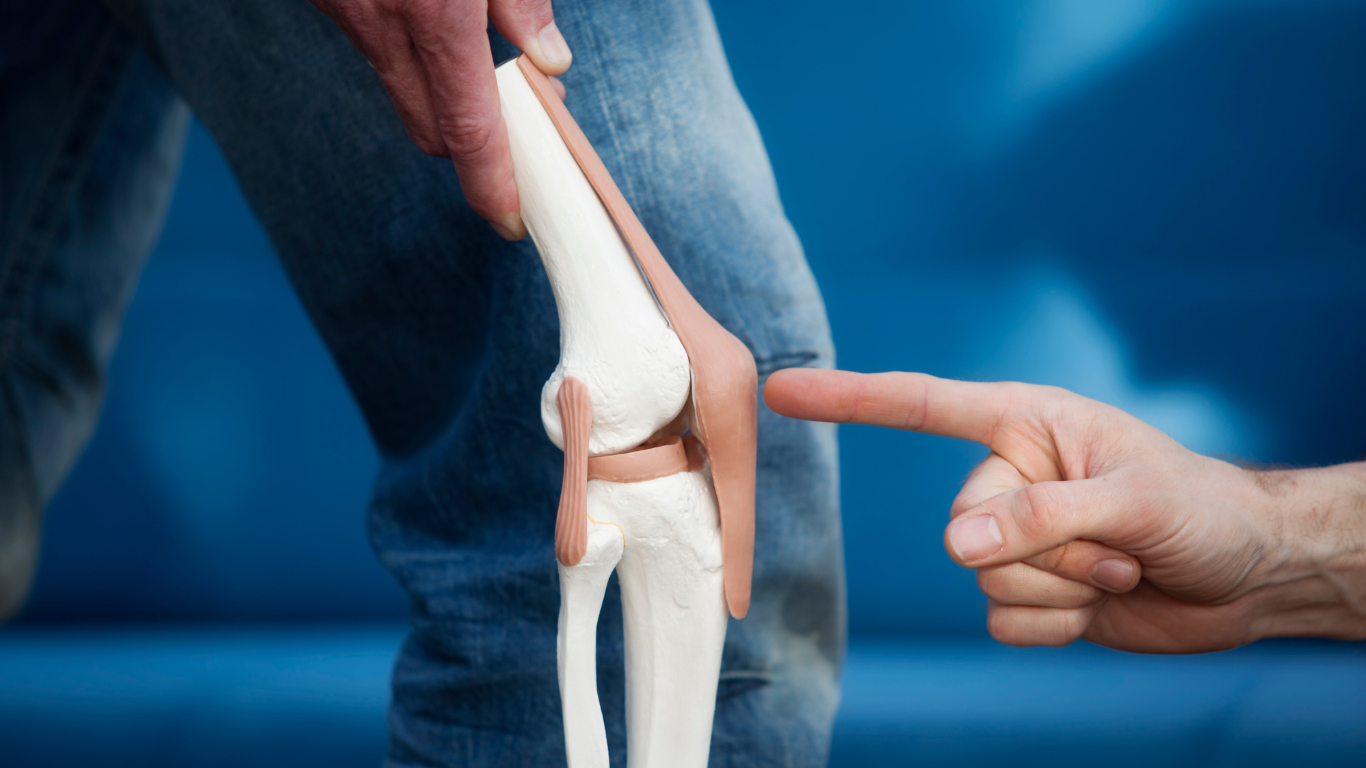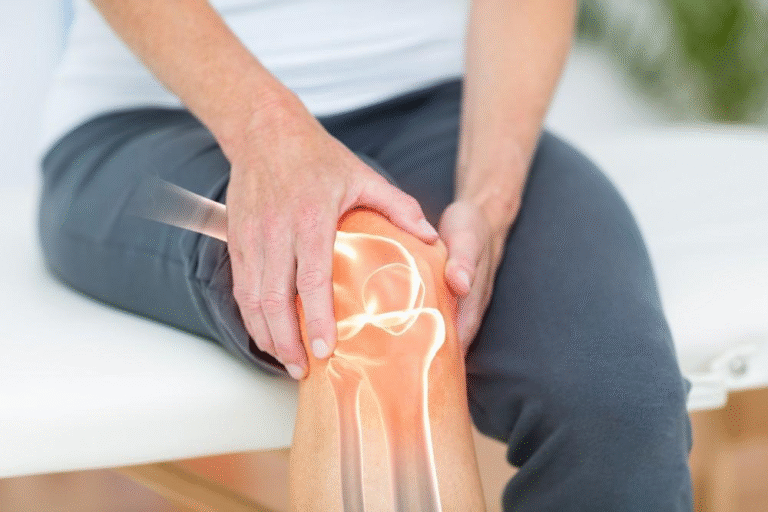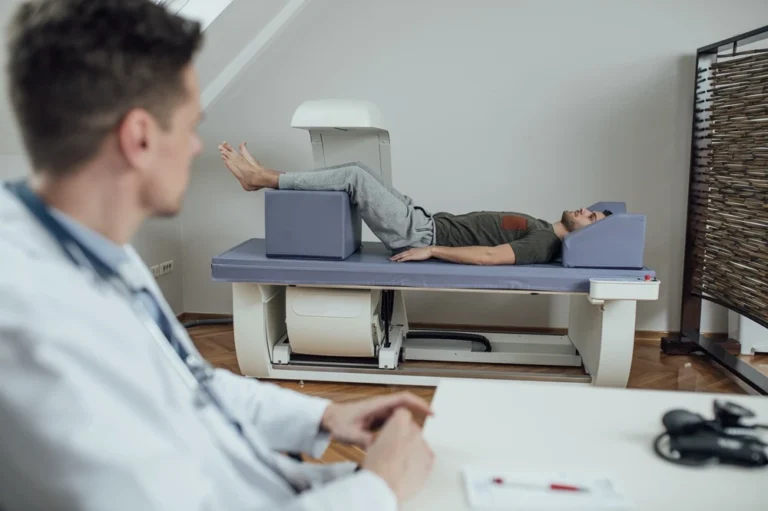Understanding the Importance of Proper Knee Support

The knee joint plays a major role in daily movement, acting as a key point of stability for the body. When there is discomfort or instability in this area, it can limit mobility and overall quality of life. For this reason, understanding the causes of knee pain, how to support the knee effectively, and when intervention may be necessary can help maintain joint health and functionality in the long term.
What Causes Knee Pain?
Knee pain stems from a range of factors and often varies significantly between individuals. Among the most common causes are injuries. A sudden twist, impact, or excessive strain during physical activity may result in ligament tears or cartilage damage, which can lead to both acute pain and long-term complications if untreated. Arthritis is another frequent contributor to knee pain. Osteoarthritis, the most prevalent type, occurs when the cartilage that cushions the joint wears down over time. This condition is often seen in older individuals and those with a history of joint stress or injuries.
Overuse is another factor. Activities that involve repetitive knee movements can irritate the tissues and cause conditions like bursitis. Repetitive overuse may exacerbate these issues, placing uneven stress on the knee joint. Underlying health conditions, including inflammatory diseases, can disturb the joint and surrounding structures, leading to persistent discomfort.
What Facilitates Knee Support?
Effective knee support combines both proactive measures and responsive solutions to limit strain and promote joint stability. Wearing supportive gear can be an impactful measure. Knee braces are designed to provide stability or aid in the alignment of the joint during movement. They often come in a variety of designs, tailored to suit specific conditions or levels of activity.
Strengthening exercises play an equally significant role in knee support. By focusing on muscles in the thighs, calves, and hips, individuals can help reduce the pressure placed on the knee joint itself. Physical therapy or guided fitness routines are often helpful in building this balanced muscular support safely.
What Symptoms Indicate the Need for Support?
Mild knee discomfort occasionally occurs from strenuous activity or acute injury. Certain symptoms suggest the need for further attention. Persistent pain that worsens over time could point to an underlying problem requiring support or treatment. Swelling is another indicator, often signaling inflammation or structural damage within the joint. Minor swelling after activity may be manageable with rest and compression, but prolonged or severe swelling suggests a deeper issue. Mobility issues, such as stiffness or difficulty in straightening or bending the knee, can disrupt daily activities.
Instability, or the sensation of the knee giving way, can indicate weakened ligaments or muscles. This warrants action to prevent potential falls or worsening damage. Unusual sounds from the joint, such as clicking or popping, alongside discomfort, might be a sign of cartilage or ligament issues. Monitoring these symptoms can help determine whether support is required to prevent further strain.
Consult a Pain Management Specialist
When symptoms affect daily life or fail to improve with basic measures, seeking professional guidance from a pain management specialist can offer tailored solutions. Specialists can assess the root cause of knee issues, explore non-invasive options like physical rehabilitation, or discuss more advanced interventions if necessary. By addressing knee pain with proper care and support, individuals can maintain mobility and prevent further joint-related challenges in the future.
- What to Expect When Visiting a Foot and Ankle Specialist
- Causes of PTSD
- The Link Between Plantar Fasciitis and Weight Gain: What You Need to Know
- How Pet Ownership Can Positively Impact Life with Fibromyalgia
- The Importance of Stretching and Flexibility in Sports Medicine
Dr. Emma Green is a health and wellness expert with over 10 years of experience in nutrition and fitness. Passionate about helping others live their healthiest lives, Dr. Green shares practical advice on wellness, nutrition, and sustainable living through LivingSpristine.






